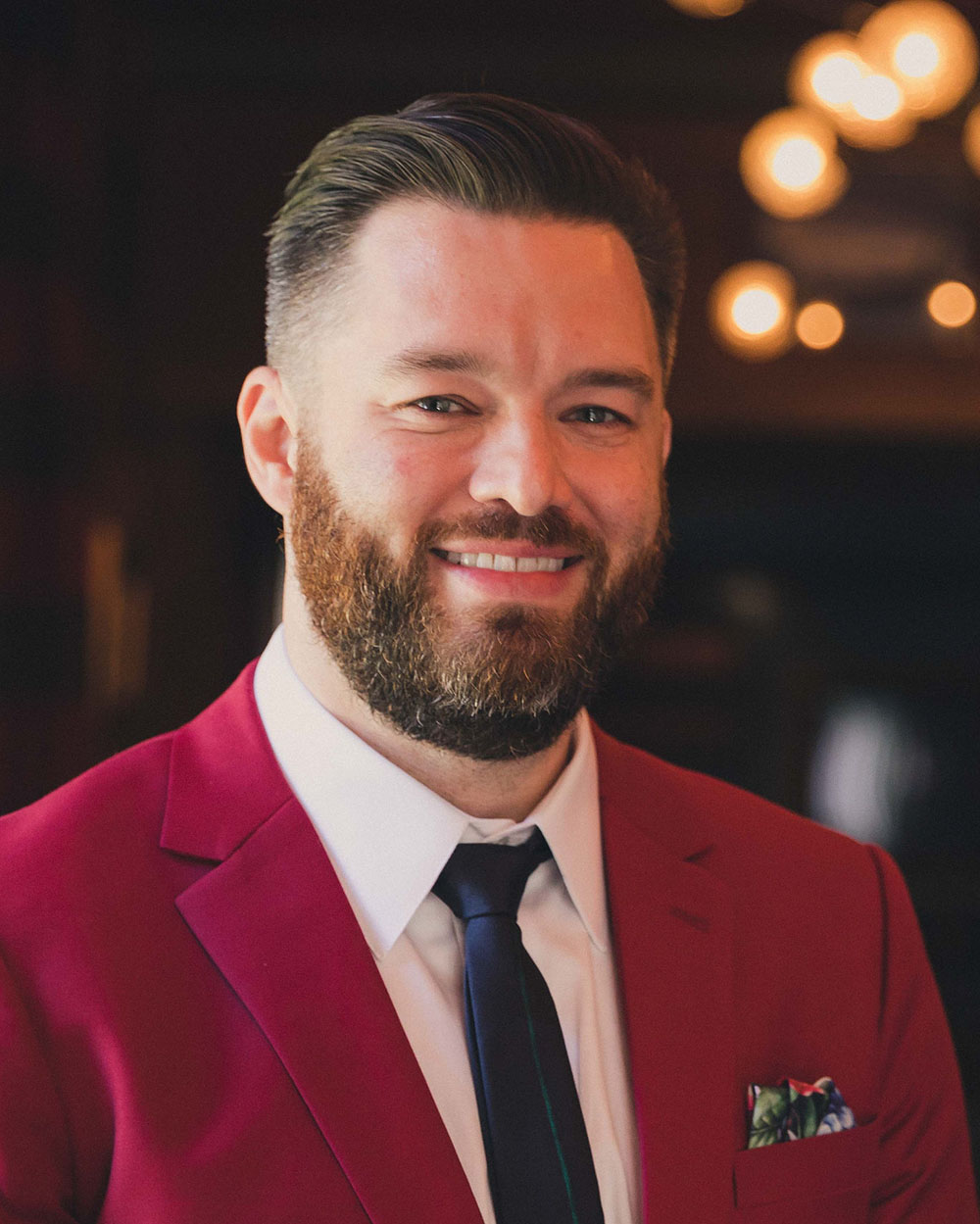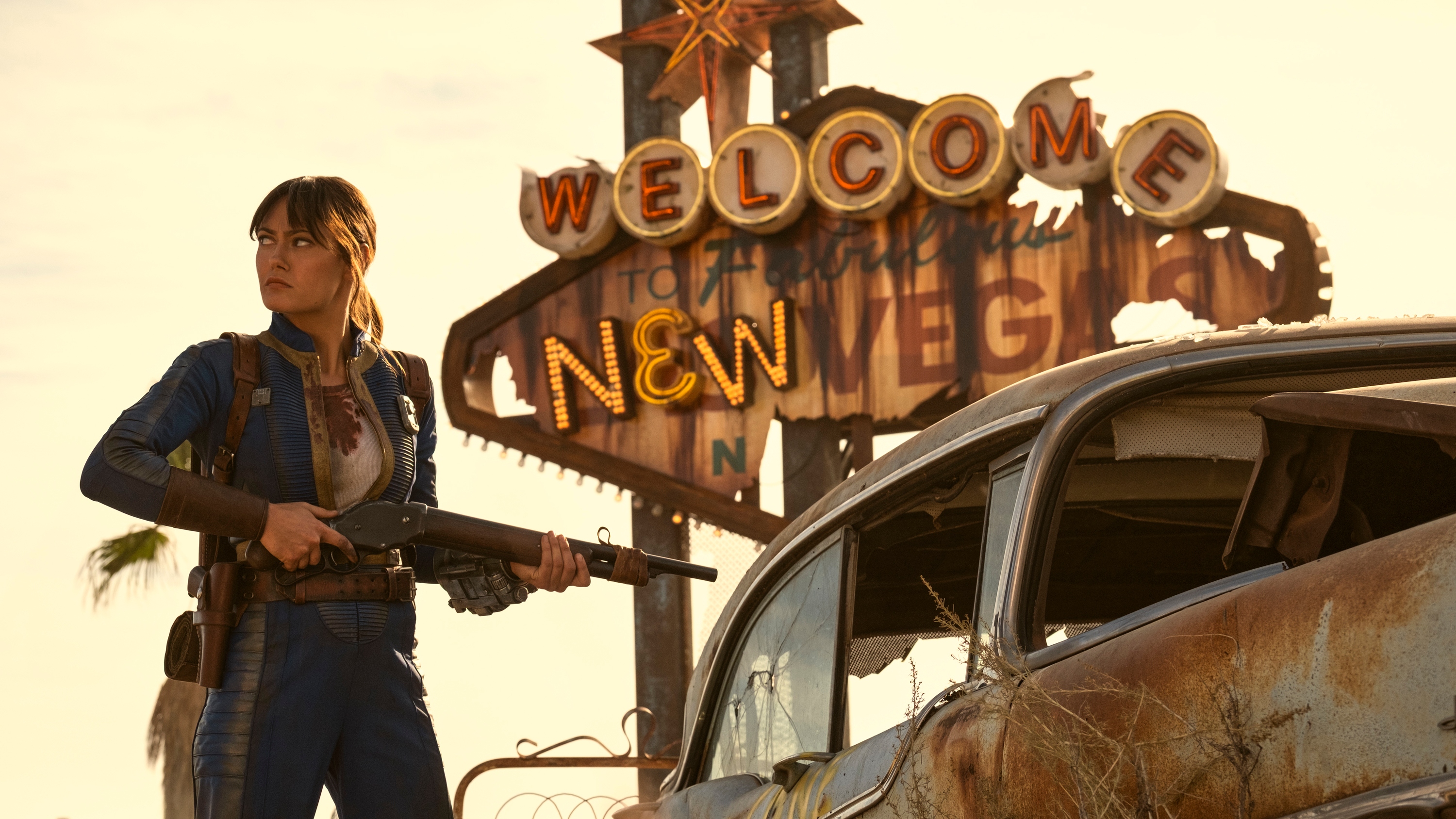John Hughes and the cultural shorthand of 1980s American adolescence
The new 'John Hughes 5-Movie Collection' offers an overview of the iconic writer-director's 1980s output.

Auteurs come and go, but there are few storytellers who exerted a greater influence on popular culture than John Hughes. Before Hughes came along, a vast swath of America’s youth didn’t see themselves reflected in their counterparts on film and television, and they certainly didn’t feel like they were taken seriously by the people telling their stories. But a new Blu-ray set released by Paramount Pictures featuring five of his 1980s films serves not only as a reminder of just how ubiquitous a presence he was during that decade (he directed eight films and wrote 19 between 1982 and 1991), but a showcase for the way his portraits of teenagers became the foundations for our cultural memory of that decade and for adolescence in general.
The immediate challenge of creating a comprehensive collection or anthology for Hughes’ work is the fact that even in our time of monolithic media conglomerates, too many different people holds the rights to different of his films. Consequently, Paramount’s John Hughes 5-Movie Collection offers a solid overview of his output and versatility, featuring Pretty In Pink, Ferris Bueller’s Day Off, Plains, Trains and Automobiles, She’s Having A Baby and Some Kind of Wonderful. Suffice it to say these were not all huge box office hits at the time of their release — the latter two make their high-definition debut for the first time in this set, a significant delay for a studio that will mint a whole new version of Grease or Saturday Night Fever for every anniversary either film gets within six months of. But the trajectory of these films chronicles Hughes’ own growth and evolution as an adult while maintaining his pedigree as the most consistent purveyor of stories about teenagers.
Prior to Hughes, movie teenagers were bubble-headed teenyboppers, American Graffiti-style avatars for Boomer nostalgia, or nubile-bodied proxies for grown-ups to vicariously revisit those first fledgling steps into adulthood. Certainly there were genuinely great characters and exceptional films, but they were few and far between, more frequently becoming kindling for masked serial killers than fully-rendered individuals with yearnings outside the bedroom. (Fast Times at Ridgemont High and The Last American Virgin, both from 1982, certainly lit a torch that Hughes picked up and ran with.) But with the release of his 1984 directorial debut, Sixteen Candles, Hughes established a template that he developed and refined over the next several years which would for better or worse come to define the social hierarchy in countless high schools across the country. This hierarchy was subsequently codified in 1985’s The Breakfast Club, when he isolated these character types in a high school library and forced them to interact until they — and we — became a little bit more empathetic to at least one or two of the ones we didn’t immediately identify with.
A big part of the reason for this is because the 1980s marked the peak (or perhaps more accurately, last gasp) of entertainment monoculture. Notwithstanding outlier projects that offered different characters from marginal communities and sorely needed alternative perspectives, these Hughes films were the ones that “everybody” went to see, especially if you were a teenager. As a consequence, viewers became more determined to see or project themselves onto types that either they were or they wanted to be, as a matter of disposition, background or general inclination. But I would also argue that the chief reason for these movies’ popularity, then and now, and their almost exponential resonance with teenagers where so many imitators or copycats failed to connect, was because Hughes took teenagers seriously in a way that few people had before.
In retrospect, and certainly looking at some of the shenanigans that his characters got up to in Sixteen Candles and films like Weird Science, it’s funny to think of these stories as being serious about anything. But where other storytellers mining teenage trauma for commercial gains very conspicuously were writing from the perspective of adults looking back, and even down on their characters, you always got a sense from Hughes that he respected them and their problems — even the ones that didn’t extend two feet outside the front door of their high school. Samantha’s (Molly Ringwald) longing for Jake Ryan (Michael Schoeffling) in Sixteen Candles affects us because Hughes gave that character the gravitas and dignity to nurture her feelings, no matter how ephemeral; even if you think Ferris is a sociopath in Ferris Bueller’s Day Off, Hughes treats Cameron’s (Alan Ruck) depression with seriousness and tenderness, validating both his real feelings and nudging him towards some important realizations about the ones that are parentally-induced anxieties.
Of course, these are not perfect films (especially by contemporary standards), espousing some woefully outdated, reductive attitudes about women and people of color, much less their inclination towards convenient, easy fixes to much more significant problems or obstacles that would almost certainly linger after a closing credits freeze-frame. But in an era when entertainment was beginning to cater to youth culture in a more concerted (and yeah, craven) way, Hughes frequently managed to create these character details and storytelling moments that made teenagers feel heard, and not quite so alone inside their raging, hormonal bodies. The relationship that resonates the deepest in Pretty In Pink is the one between Andie and her underemployed father, who she’s simultaneously protective of and embarrassed by; the most special moment in Ferris Bueller comes when Cameron and Sloane steal away from Ferris’ spectacle on the streets of Chicago and talk about how his joie de vivre both casts a big shadow and offers cover for the both of them.
Some Kind of Wonderful is an especially interesting case because Hughes literally wrote the film in response to the success of Pretty In Pink. The Ringwald star vehicle was meant to end with Andie and Duckie (Jon Cryer), her long-suffering best friend, ending up together, but a couple of disastrous test screenings led to director Howard Deutch reshooting the end to unite Andie with her “richie” crush Blaine (Andrew McCarthy). Hughes swapped the genders of the will-they-or-won’t-they best friends, with Eric Stoltz playing a love struck mechanic opposite Mary Stuart Masterson’s tomboyish Watts, and further complicated the story by making Amanda Jones (Lea Thompson), the object of his desire, not just “not rich” but more complicated than a love interest for boys to fight over, even if she didn’t quite know it yet. But he was a storyteller who as a matter of personal obligation (and also perhaps sheer screenwriting volume) who was determined to tell stories that most teenagers could relate to — or at least wanted to. Three and a half decades later, on screen representation means something different, nuanced and much more substantial, but at that time he was giving teenagers depth and dignity, whether or not the ones watching those characters in theaters realized it.
The latest updates, reviews and unmissable series to watch and more!
Unsurprisingly, the next decade produced an absolute tsunami of copycat films, leading to Hughes’ regression to more kid-friendly material such as Home Alone, the virtual disappearance of the teen film as he made them, and his eventual self-exile back to the outskirts of Chicago, where he came from. But when you look at some of the teen films of the late 1990s, such as Can’t Hardly Wait and American Pie, the vestiges of his influence are pretty clear; making fun of kids in JNCO jeans with bad adopted hip-hop accents was low hanging fruit, but Deborah Kaplan and Harry Elfont make time in their film to give every one of the “types” in their ensemble piece a little victory, or at least an overdue moment of humanity.
Meanwhile, Planes, Trains and Automobiles is one of the best grown-up comedies of the 1980s (and a great holiday film), and She’s Having A Baby is a criminally underrated film that juggles impending parenthood with the right balance of humor and tenderness that the life change deserves. But even if it doesn’t include your own favorite of the writer-director’s films, what the John Hughes 5-Movie Collection does is remind you that this era of his work became iconic for a good reason: it captured a sense, and sensibility, of characters that weren’t just there to relate to their audience, or even represent them, but respect what they are experiencing as teenagers and young adults and reflect that in stories that took them as seriously on screen as they did in their own lives.
Todd Gilchrist is a Los Angeles-based film critic and entertainment journalist with more than 20 years’ experience for dozens of print and online outlets, including Variety, The Hollywood Reporter, Entertainment Weekly and Fangoria. An obsessive soundtrack collector, sneaker aficionado and member of the Los Angeles Film Critics Association, Todd currently lives in Silverlake, California with his amazing wife Julie, two cats Beatrix and Biscuit, and several thousand books, vinyl records and Blu-rays.


